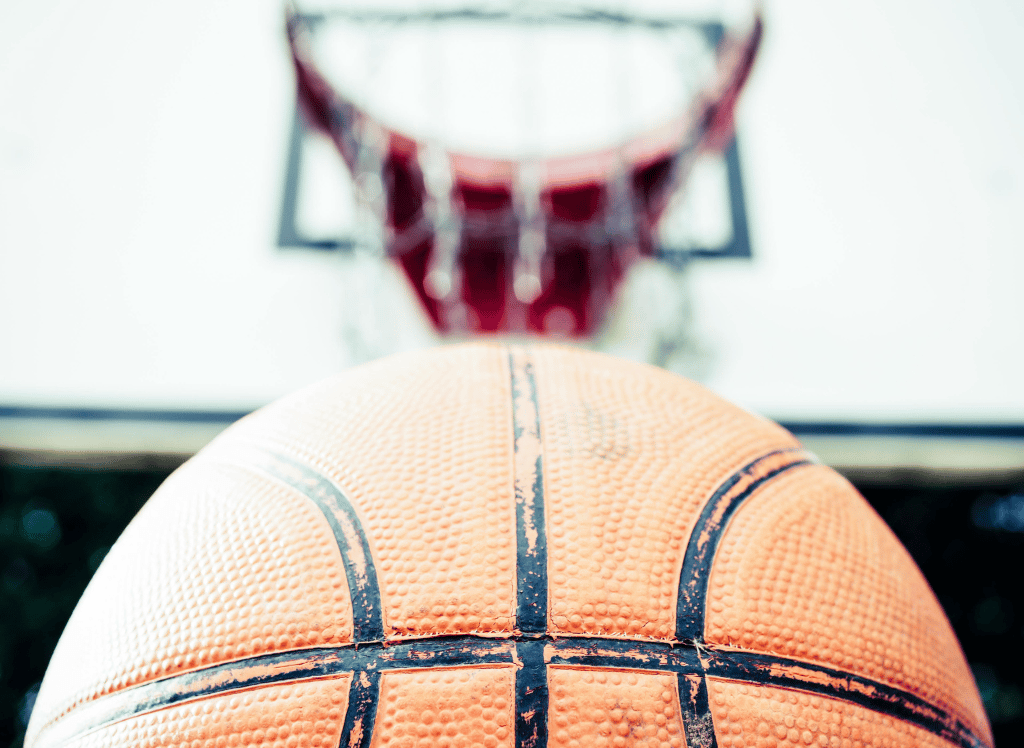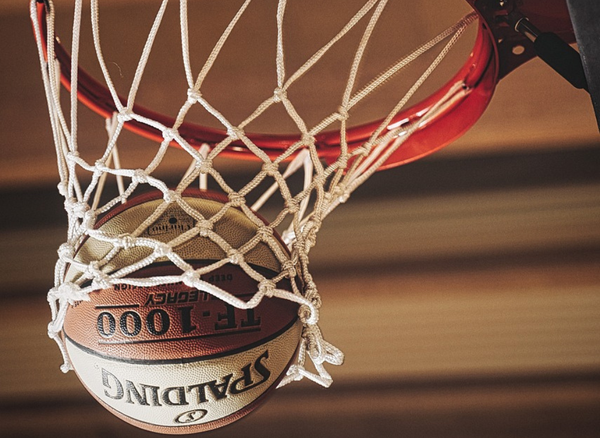Basketball is a game of speed, skill, and, let's face it, a smattering of rules that sometimes make you scratch your head. Among these is the infamous 10-second violation basketball rule, a regulation that can turn the tide of the game faster than you can say "double dribble." So what's this all about, and why should you care? Buckle up, sports fans, because we're about to break it down with a full-court press of information.
Picture this: the offensive team has just snagged the ball, and they're ready to make magic happen. But wait! There's a countdown happening, and it's not for New Year's Eve. The team (NCAA) has a mere ten seconds to get the ball past the half court line, or else they'll face the wrath of the whistle and hand over possession to the opposing team. This rule keeps the game zippy and prevents players from dawdling around like they're on a leisurely stroll in the park.
Now, let's talk strategy. The defensive team loves the 10-second rule because it's an opportunity to unleash their full court press, a defensive tactic as aggressive as a caffeinated squirrel. They'll swarm the offensive players, trying to trap them or force a turnover before the ball crosses into the promised land of the frontcourt. It's a high-stakes game of cat and mouse, and the cheese is that precious shot at the basket.
On the flip side, the offensive team has to be slicker than a greased-up watermelon. They need to pass like they're playing hot potato and start dribbling with the finesse of a ballroom dancer. One foot over the line won't cut it; they need to get the ball over half court, and fast. If they're too slow or commit a violation like stepping out of bounds or a double dribble, it's game over for that possession.
At the high school basketball level, the pressure is on, but there's no shot clock to add to the drama. The players have to keep an eye on the ref, who's counting the seconds with the intensity of a game show host during the final round. If the offensive team fails to advance the ball, the other team gets a chance to turn the tables. It's a lesson in time management that even a high school student can appreciate.
Moving up to college basketball, the stakes are higher, and the players are more seasoned. The NCAA has its own set of rules, and they're not messing around. The ten-second count starts the moment an offensive player gains possession of the ball, and if they can't pivot, pass, or hustle their way across that half court line in time, the opposing team is ready to swoop in like a hawk eyeing a field mouse.
Apparently, ten seconds was just too leisurely for these basketball superstars. The defense is on their toes, ready to exploit any hesitation. The offense, meanwhile, is all about quick passes and strategic plays to avoid the violation and keep the game flowing like a river after a rainstorm.
The 10-second (or eight-second) rule is a dance, a delicate balance between offense and defense, where every second counts and every move could lead to victory or defeat. It's a reminder that in basketball, as in life, sometimes you've got to hustle to get where you're going.
FAQ Section
What happens if a team commits a 10-second violation in basketball?
If a team commits a 10-second violation, they lose possession of the ball, and the other team is awarded the ball at the nearest sideline, near the half court line.
Can the 10-second count be reset?
No, the 10-second count cannot be reset unless a defensive player commits a foul or there is a stoppage in play due to an unrelated rule violation.
Is the 10-second rule the same in all basketball leagues?
No, the duration of the count can vary. In the NBA, it's an eight-second rule, while in high school and college basketball, it's ten seconds. The enforcement of the rule can also differ slightly between leagues.
Summary
The 10-second violation in basketball is a rule that keeps the game fast-paced and exciting. It requires the offensive team to move the ball past the half court line within ten seconds at the high school and college level, and eight seconds in the NBA. Failure to do so results in a turnover and gives the opposing team a chance to score. This rule challenges teams to be strategic and quick, making for a thrilling spectacle for fans.









